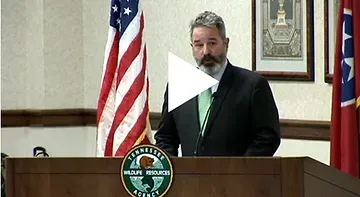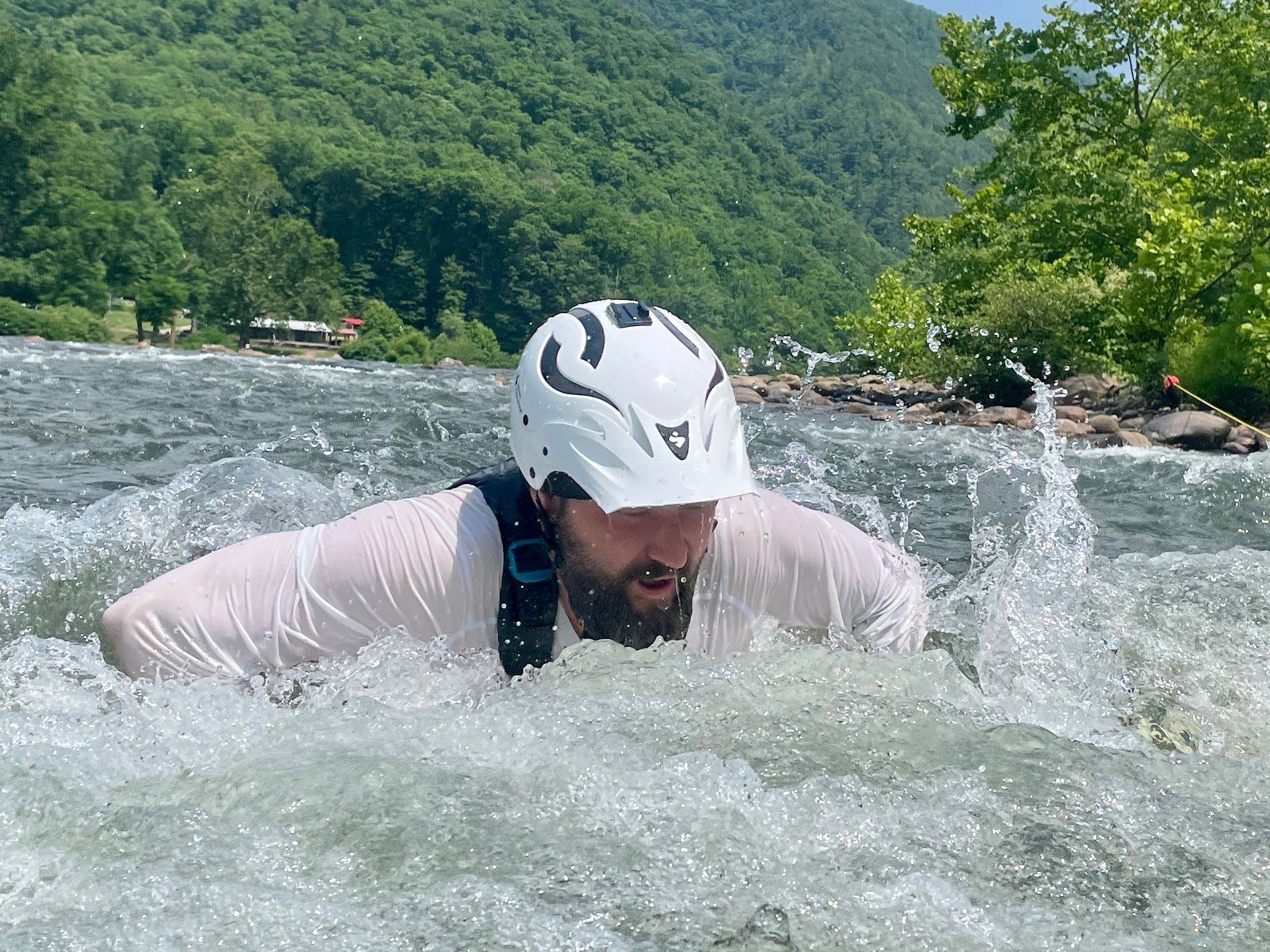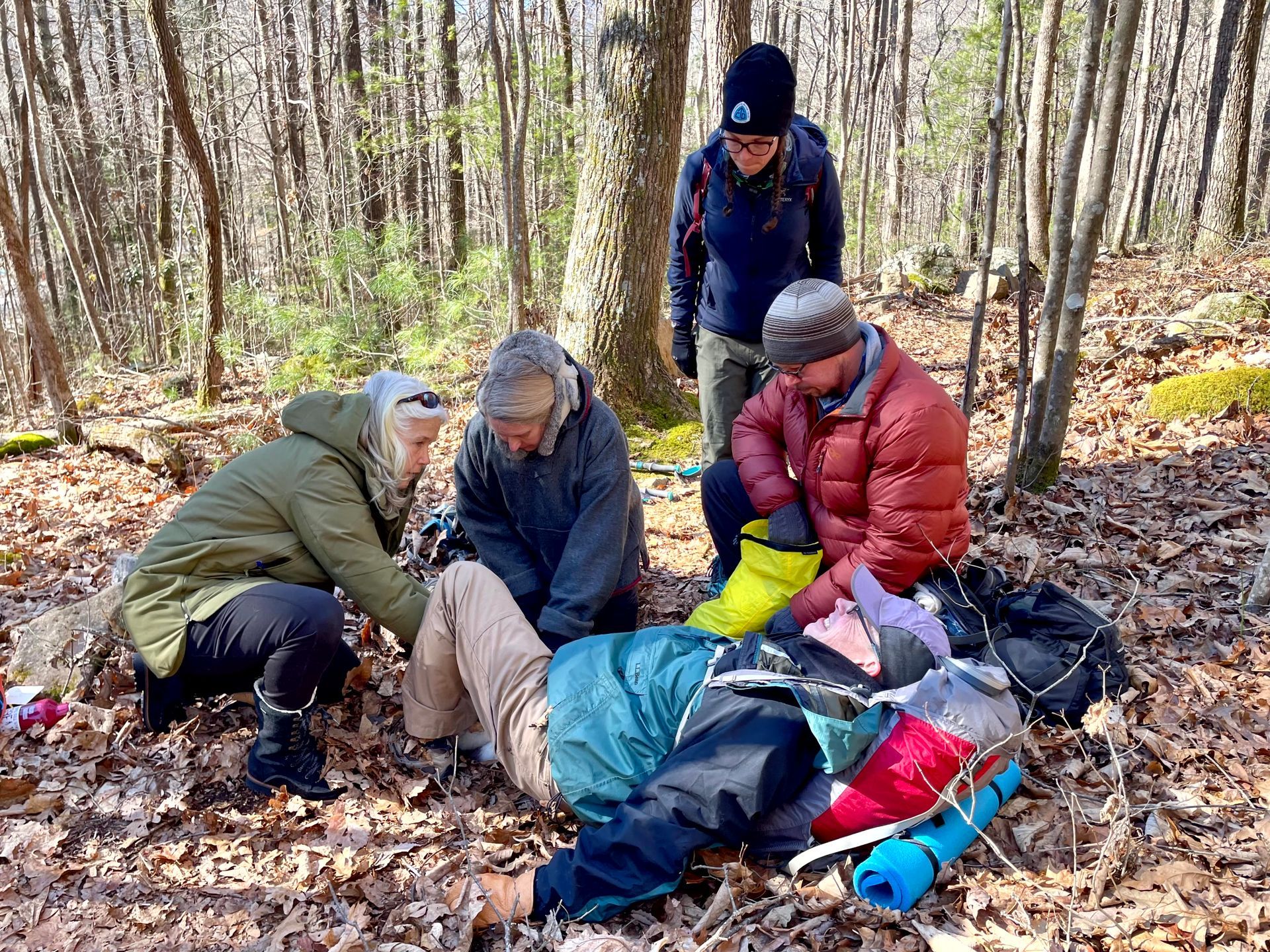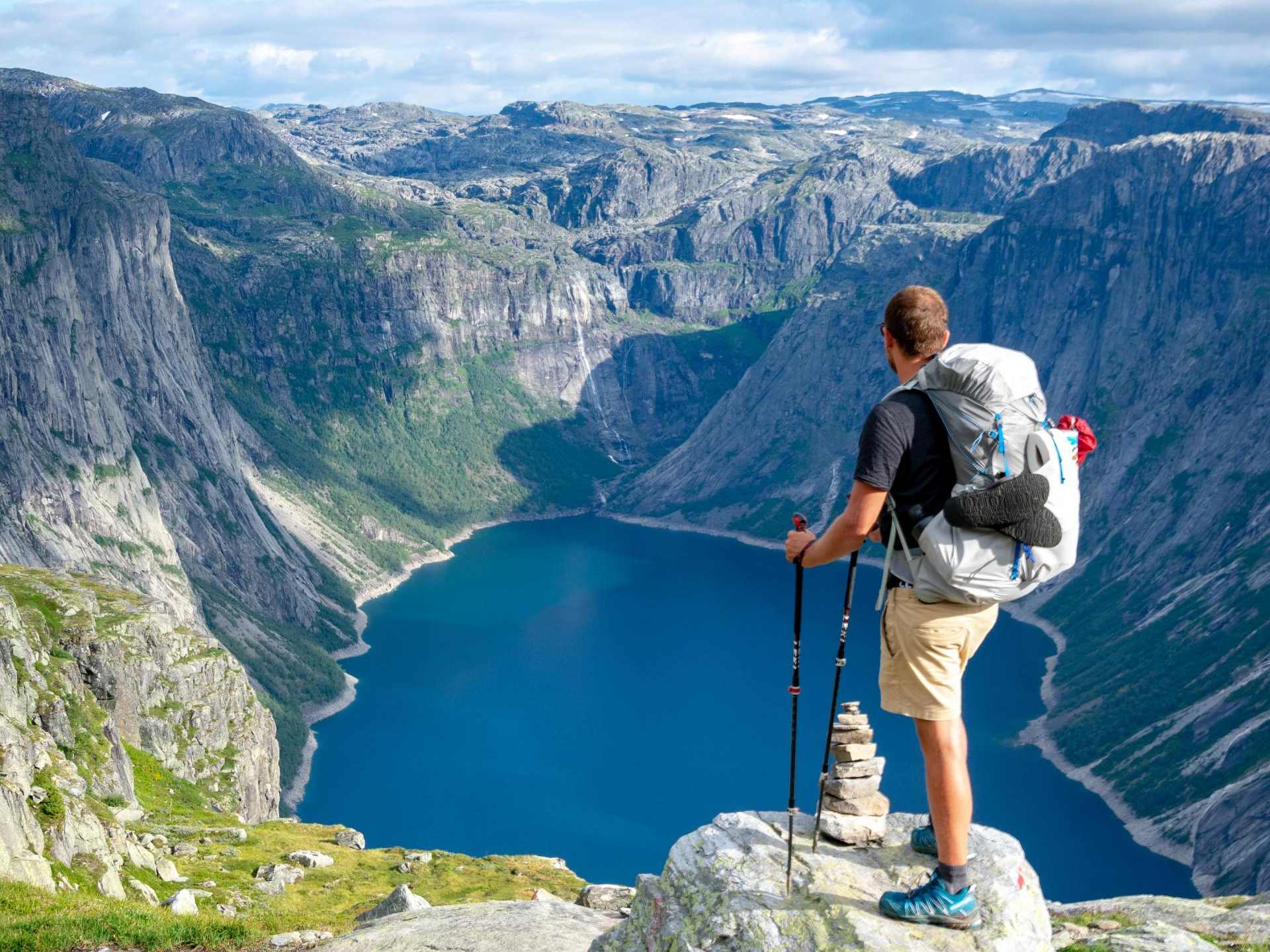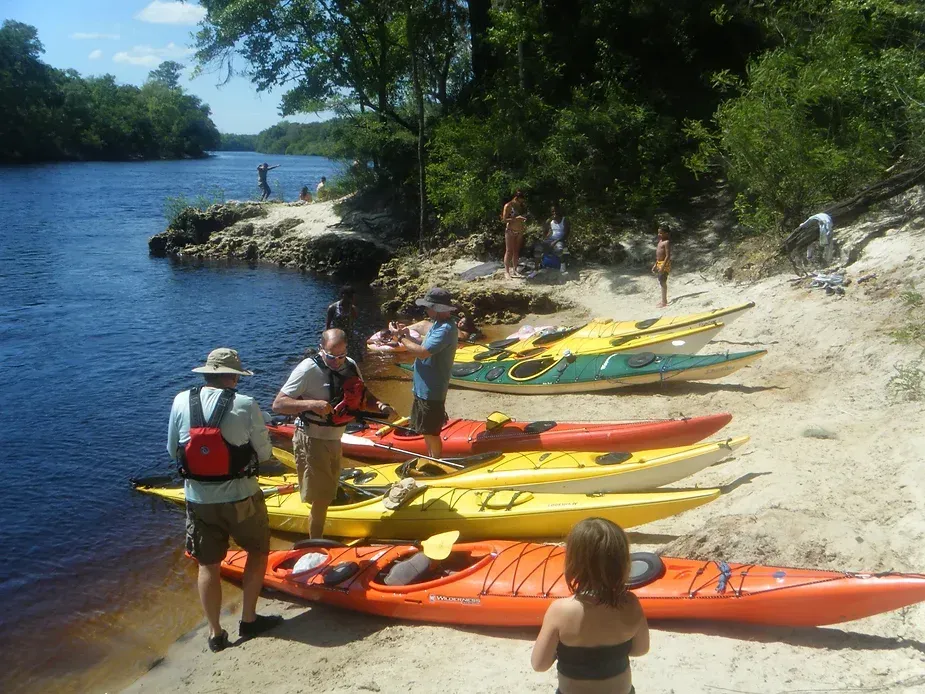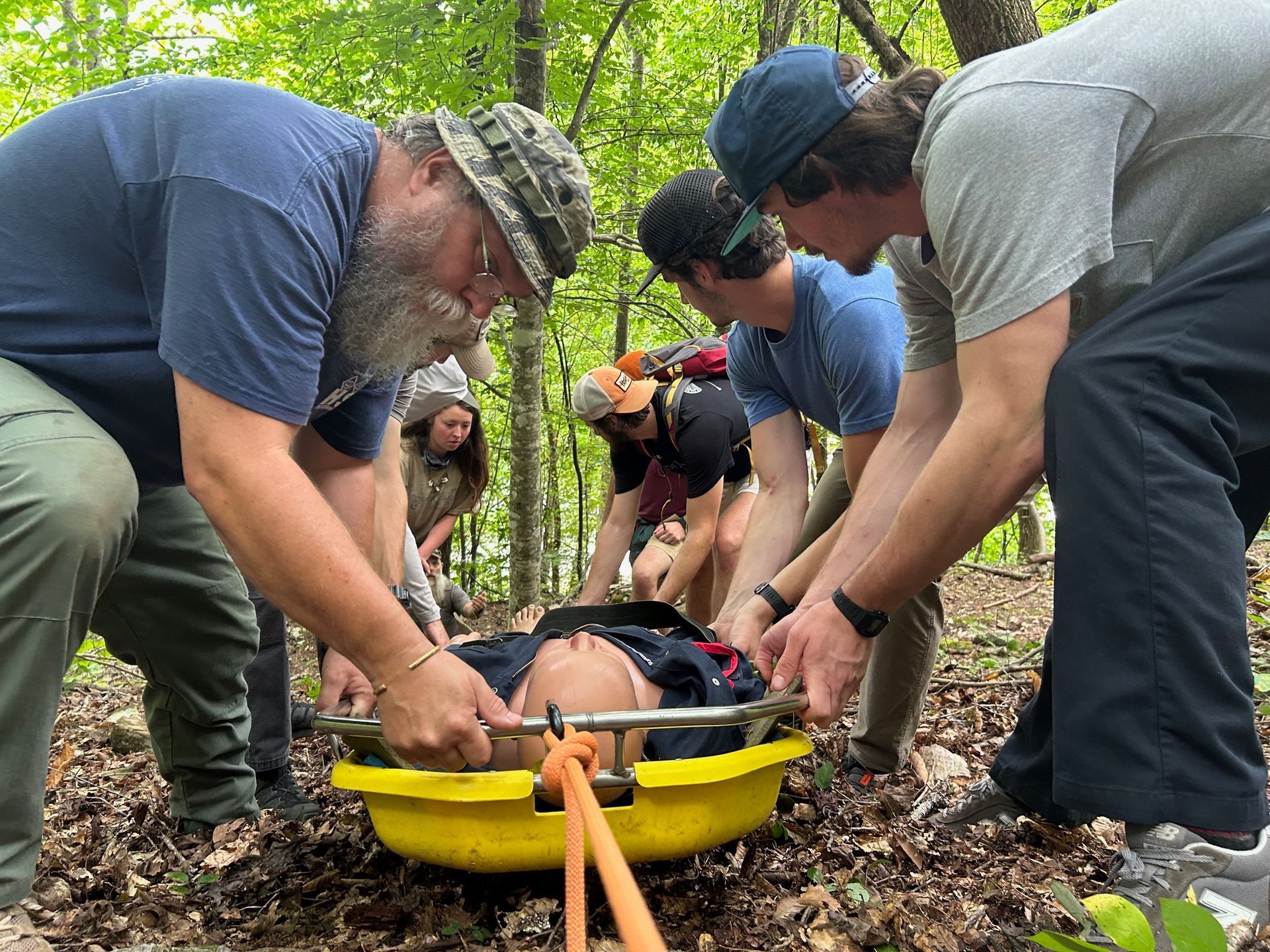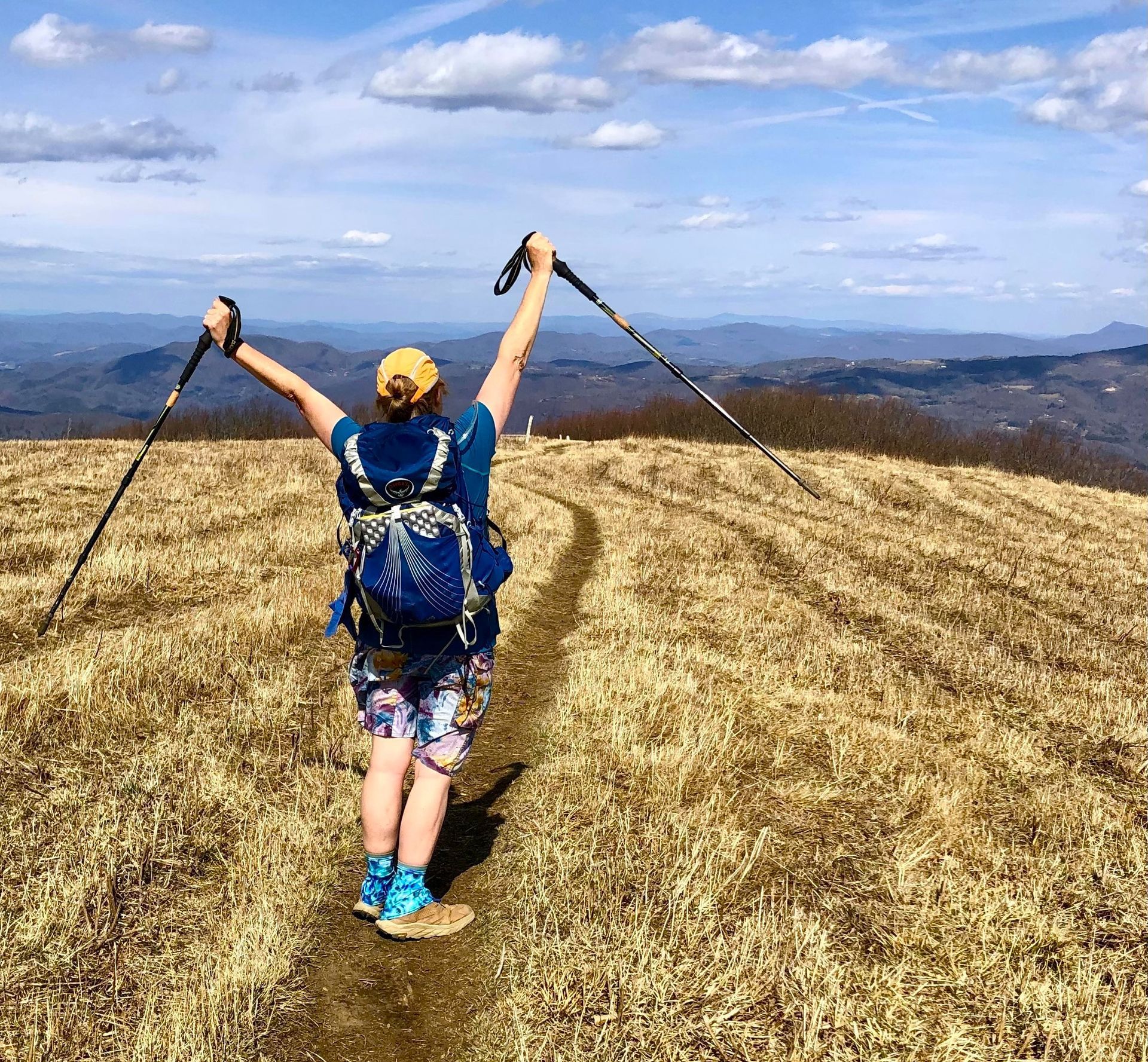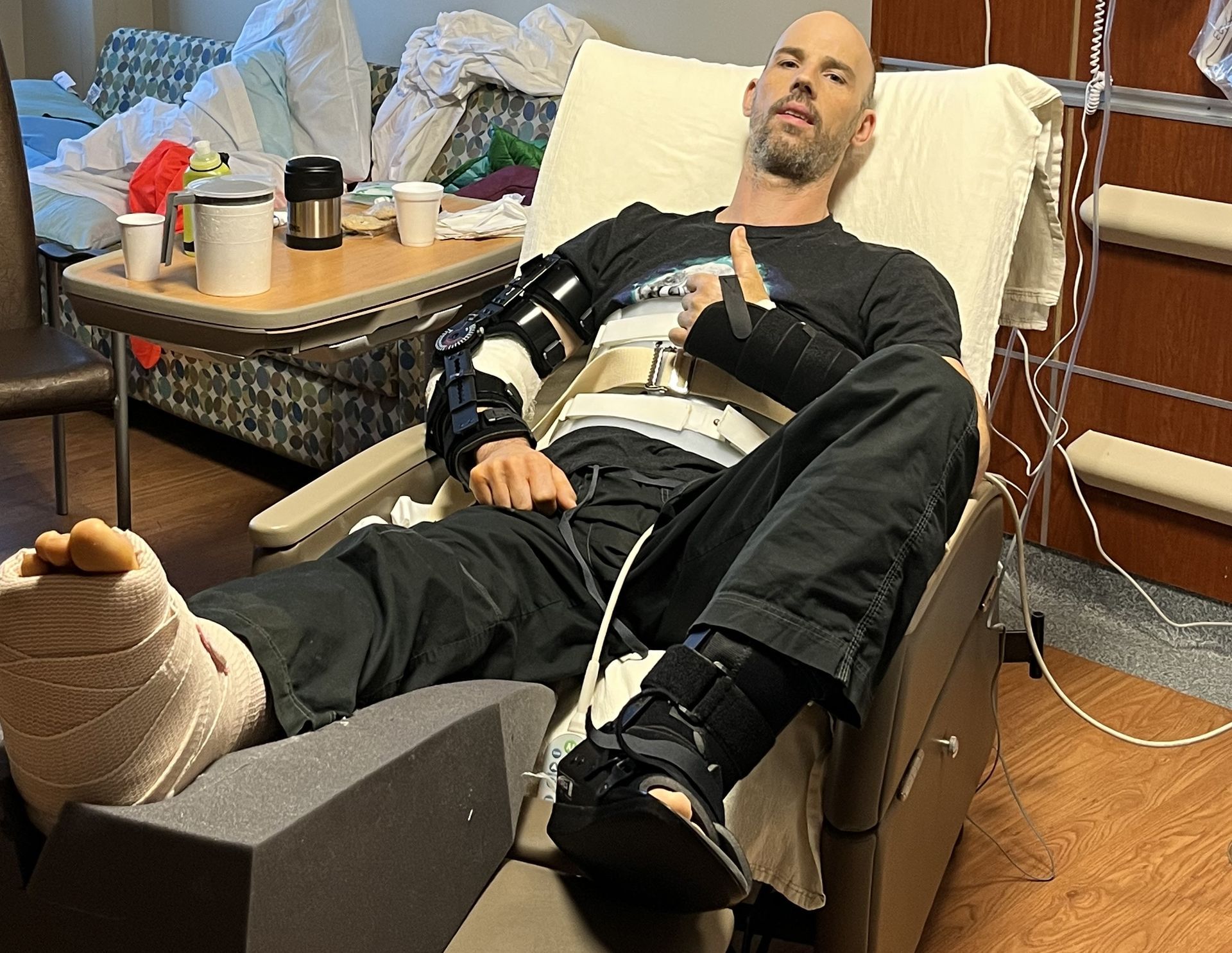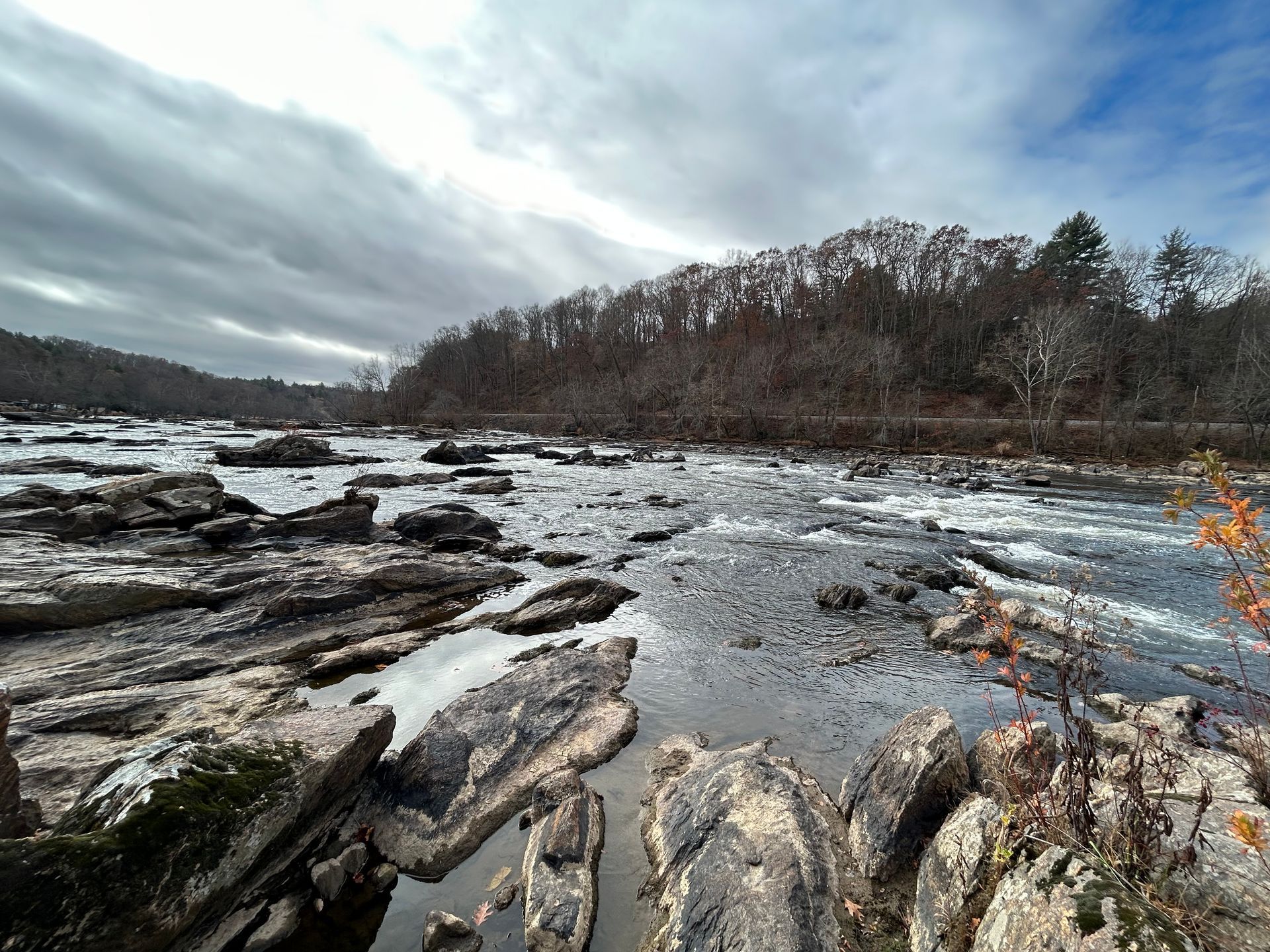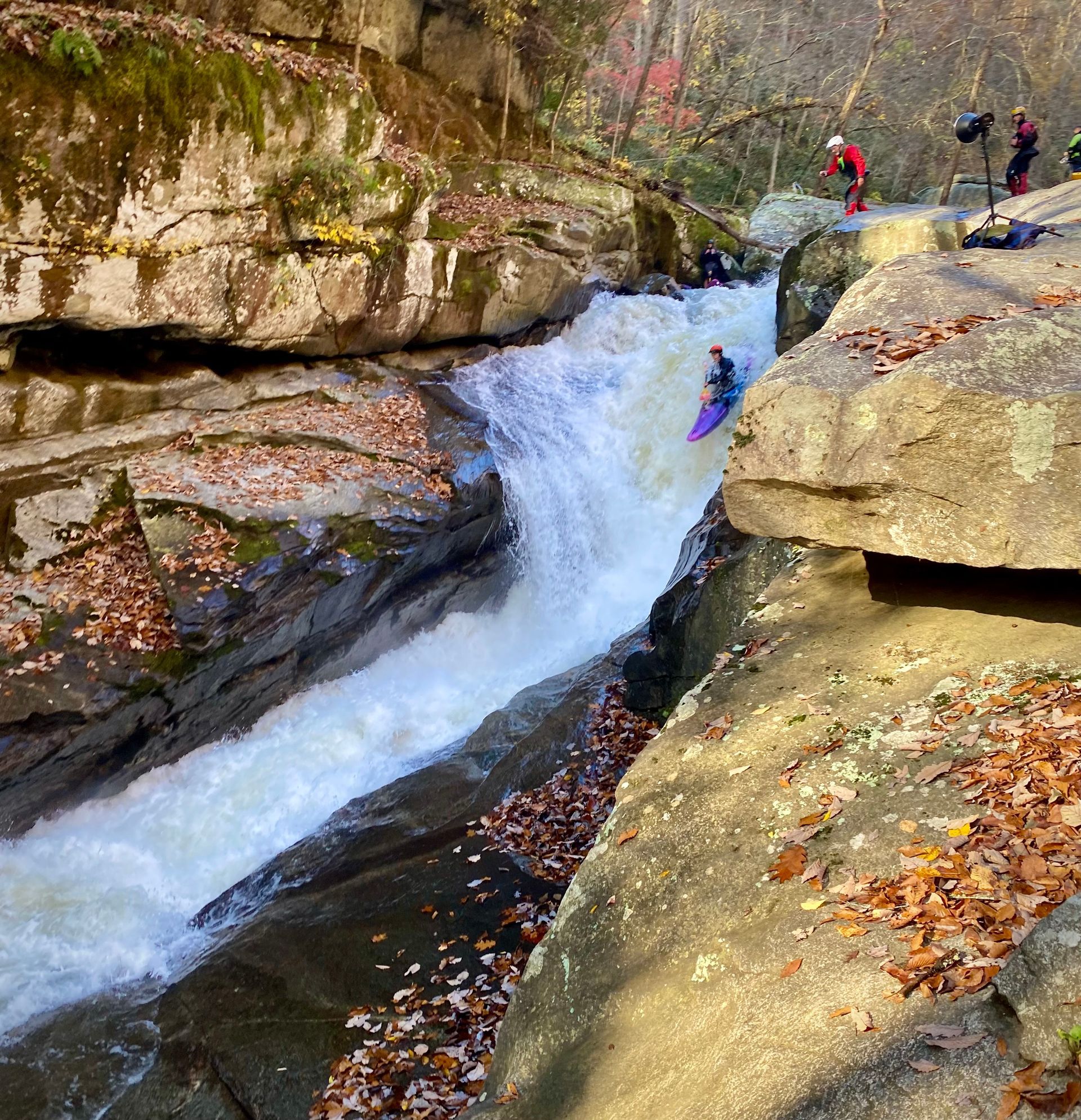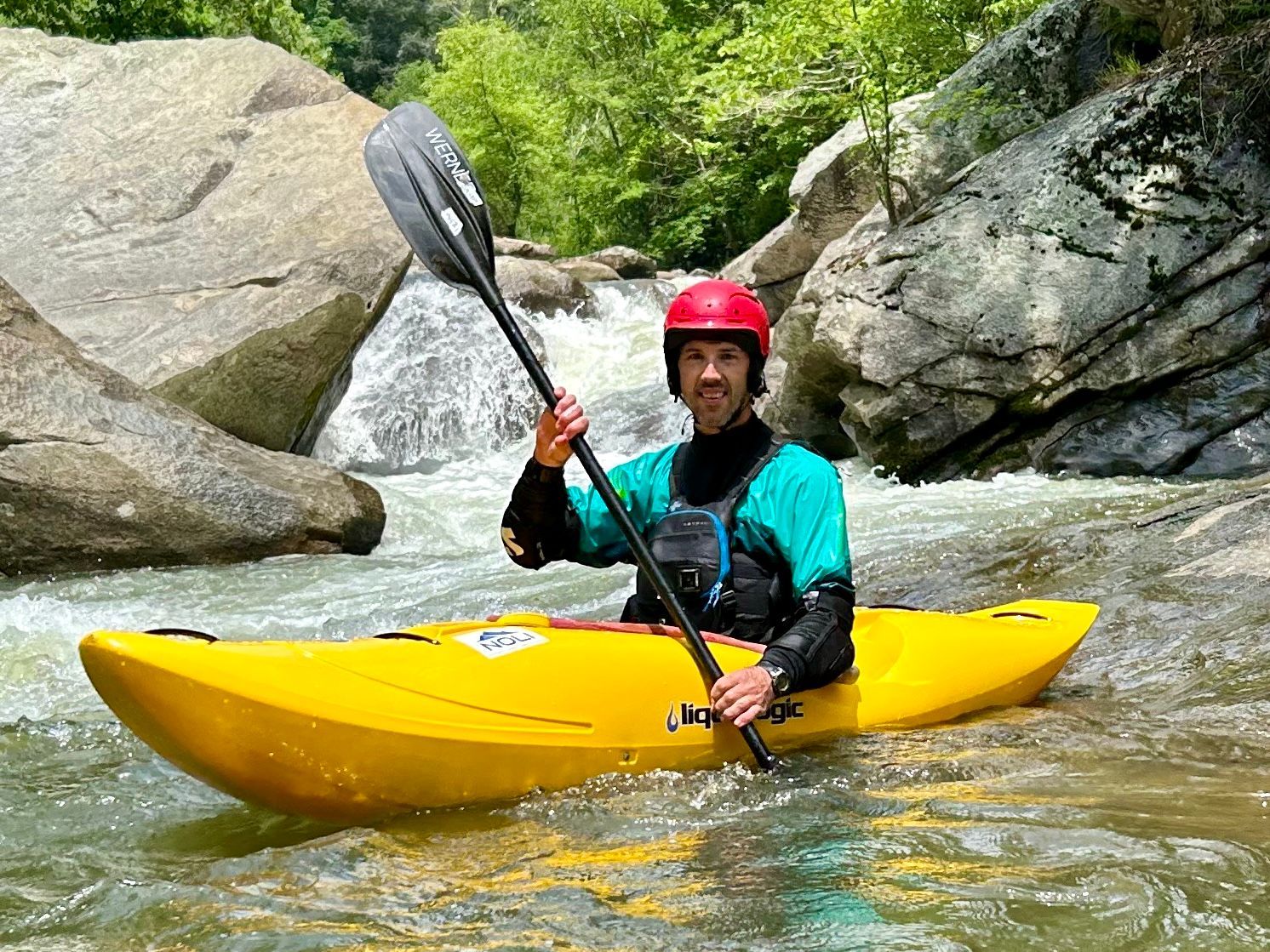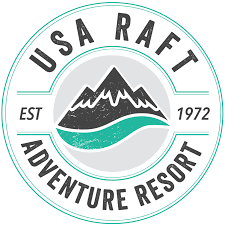TWRA Discounts Archer Fatality and Pope Near Miss Due to Trotlines; Declines to Change Regulation
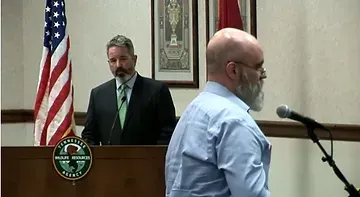
At the January Tennessee Fish and Wildlife Commission meeting, staff from the TWRA Fisheries Division reviewed the Tennessee trotline regulations as compared to regulations in surrounding states. At the December Commission meeting they had already indicated that the fatality of Brandon Archer on the Buffalo River in 2019 did not count in Tennessee as a boating fatality because he was taking a swim break from his canoe at the time. And the near miss of David Pope on the Nolichucky River in 2021 did not count as an observable river incident because there were no injuries or significant property damage (like occurs in a powerboat accident). In January, the Commission decided that because there were therefore no documented incidents or fatalities they did not need to address these concerns about the trotline regulation.
Ande Demetriou, a Board Member from the Tennessee Scenic Rivers Association as well as an ACA instructor, a member of the ACA's River Kayaking Discipline Committee, and a Memphis business owner, testified to the Commission continuing ACA Tennessee's request for common sense changes to the regulation.
Video of the presentation by Mark Thurman, head of TWRA Fisheries Division and the subsequent testimony and conversation is available on demand at this link at the 1:39:59 mark.
ACA Tennessee will continue to pursue legislative change to this regulation. Recent media coverage is also linked here:
- Tennessee Lookout, 12/2/22
- Paddler groups frustrated by lack of regulation by state wildlife agency – Tennessee Lookout
- WTVC Chattanooga, 12/2/22
- TFWC passes new trotline regulations, not enough to satisfy paddlers | WTVC (newschannel9.com)
- Daily Memphian, 12/3/22
- Tennessee's trotline fishing decision delayed - NewsBreak
- Tennessee Lookout 1/13/23
- Tennessee agency declines to regulate trotlines, despite allegations of danger – Tennessee Lookout
- WTVC Chattanooga, 1/16/23
- No trotline restrictions added by TFWC, ACA plans legislative action (msn.com)

